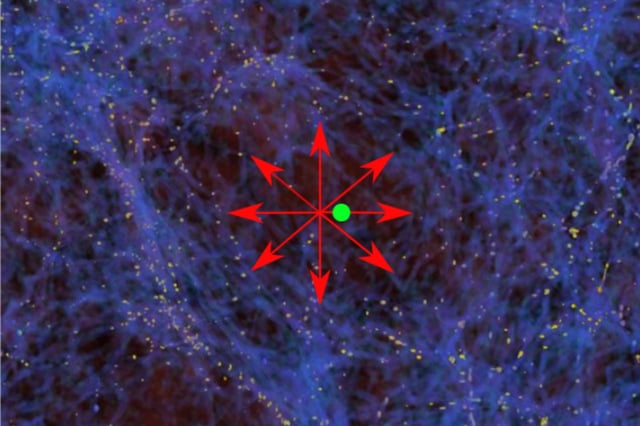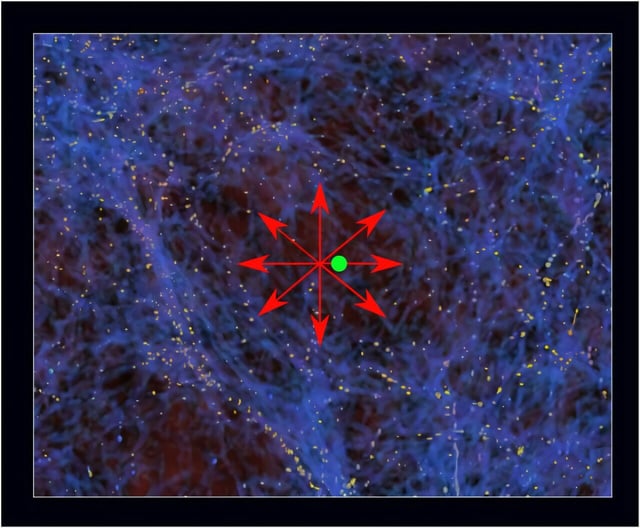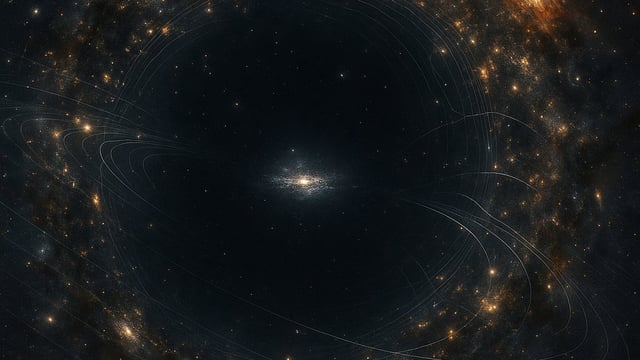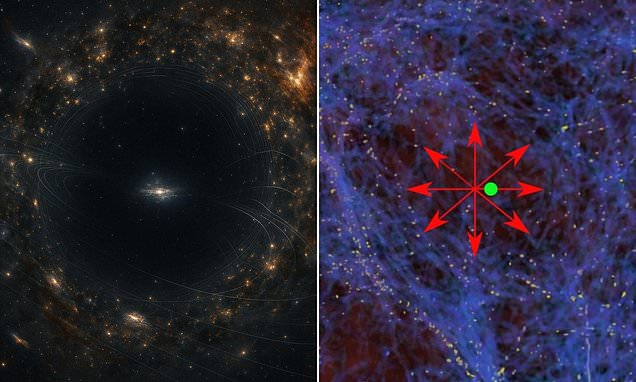Overview
- Analysis of two decades of baryon acoustic oscillation measurements shows a void roughly a billion light-years across with about 20% lower density around our galaxy.
- Statistical modeling finds this local void scenario is about 100 million times more likely than a homogeneous Planck cosmology in fitting BAO data.
- Gravitational effects of the underdense region would pull matter outward, creating the appearance of a higher local Hubble constant.
- Galaxy counts in our vicinity reveal a lower number density than in surrounding regions, consistent with an extensive local void.
- Researchers will compare the void model with cosmic chronometer data by studying the ages of non–star-forming galaxies to validate the expansion history.



